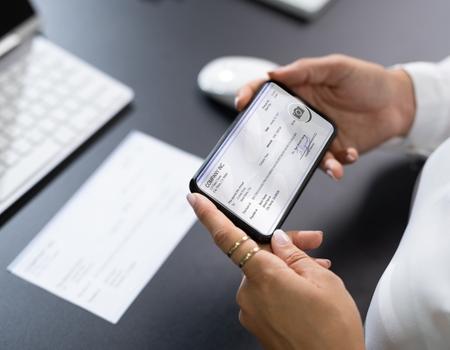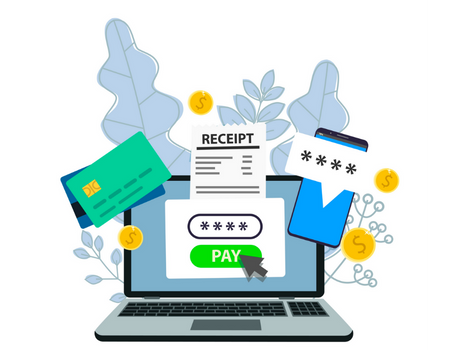Constructive receipt and on-demand pay, a murky payroll intersection
 Constructive receipt is a tax timing rule requiring you to withhold taxes when employees’ pay is set aside for them to access without restriction, regardless of when they are actually paid. And if you don’t withhold once employees are in constructive receipt of their pay, the IRS will come after you, not them.
Constructive receipt is a tax timing rule requiring you to withhold taxes when employees’ pay is set aside for them to access without restriction, regardless of when they are actually paid. And if you don’t withhold once employees are in constructive receipt of their pay, the IRS will come after you, not them.
There are two big questions on how this interacts with on-demand pay, and the answers are murky.
- Are employees in constructive receipt of their entire pay for a pay period, if they can access a portion of it before payday?
- If employees aren’t in constructive receipt of their entire pay, are they in actual receipt of the portion of their pay they’ve accessed on demand?
The sticky questions
Legal opinions differ regarding the constructive/actual receipt issues. We’re not going to say who’s right and who’s wrong because although we have an opinion, we can’t dispense legal advice.
On the one hand are opinions concluding there is no constructive or actual receipt issue because:
- On-demand pay merely “enhances” employers’ pay periods.
- The transaction cuts out the employer. The employer delivers the employee’s pay data to the vendor, which recoups the on-demand payment when the employee is paid.
- The transaction is a loan from the employer to the employee.
On the other hand, the government does think there’s a constructive receipt issue. Included for the second time in the administration’s budget are new payroll tax rules governing on-demand pay.
If it’s not a commercial loan, what is it?
The Consumer Financial Protection Bureau, along with state banking authorities and/or states’ attorneys general—Arizona being the latest state—have concluded that, based on the facts presented by vendors, on-demand pay isn’t a commercial loan.
And there’s the rub. It has to be something, because employees are accessing their pay, which usually means you have to withhold.
Saying on-demand pay is a benefit is like saying direct deposit is a benefit. It certainly is. Whether it’s a benefit doesn’t resolve the withholding issue.
Does it help with employee retention?
According to what we’ve read, strictly anecdotally, the answer is no. Employers with very high turnover rates continue to experience very high turnover rates. Could the results be different with a different employee population? Of course.
You need to assess the turnover rate yourself and why employees are leaving. Then consider the following:
- What percentage of employees would stay if you offered on-demand pay?
- Why do employees feel the need to access their pay prior to payday?
- What limits can you place on it so employees don’t constantly need money before payday?

Alternatives to on-demand pay
Until either Congress or the IRS addresses the actual and constructive receipt questions, you’d be right to be cautious about introducing on-demand pay as an employee benefit.
There are risk-free alternatives, however.
It’s normal for employees’ pay to be direct deposited into their bank accounts a few days before payday. Depending on the bank, employees can access their pay immediately. There is no constructive receipt issue because you’ve withheld. And in fact, banks are marketing early access.
You could allow employees to split their direct deposits into different accounts, one of which can be an emergency savings account. Banks impose monthly maintenance fees on customers with small account balances, but they often waive those fees for customers with direct deposit. Employees would still need to inquire about their bank’s policy regarding small accounts. The drawback for you is if you need to reverse a deposit.
Employees could request pay advances. These are loans, which they would need to repay via withholding from future pay. Since these are loans, constructive receipt doesn’t come into play. If you allow employees to request pay advances, you should have written criteria governing the process. You should also check your state’s wage payment laws to see if advances are allowed.
SECURE 2.0, the oversized pension bill enacted last December, allows 401(k) plans to include after-tax emergency accounts. These accounts and withholding will be capped at $2,500. This provision becomes effective for plan years beginning in 2024.




